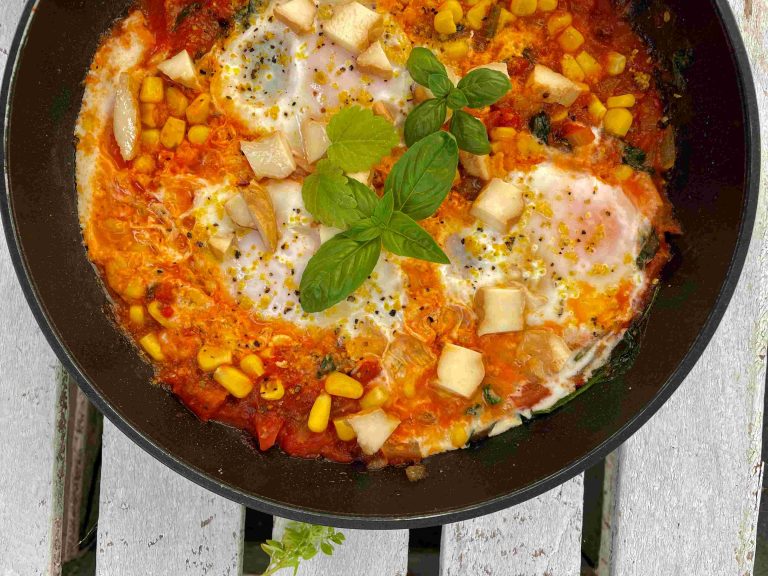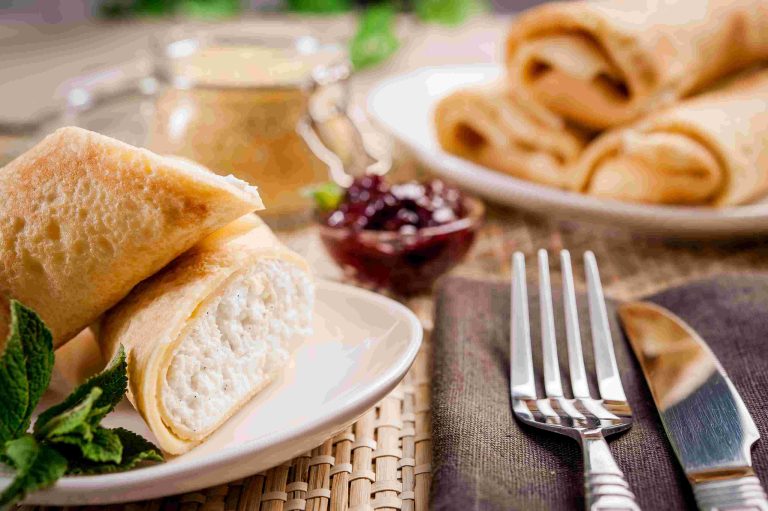WITH WHICH PRODUCTS TO COMBINE CORN AND ITS GRAINS, TO MAINTAIN THE HIGHEST NUTRITIONAL VALUE?
The name corn (Zea mays L.) comes from two Latin words: zea - life-sustaining, Mays – a giver of life, which means that it is a product with valuable nutritional and health properties. It is not without reason that it has earned the title of the queen of grains. The whole cob of corn and its grains are a great component of well-balanced dishes, served throughout the day. Importantly, more and more studies are emerging that confirm that regular consumption of corn reduces the risk of lifestyle diseases such as obesity, type II diabetes, circulatory system diseases and digestive tract diseases. Magdalena Czyrynda-Koleda, a nutrition specialist and expert of the campaign "Corn - a source of health, energy and taste" explains what ingredients should accompany corn to obtain the most valuable elements from it.

Dairy products, eggs, fish, legumes – to obtain amino acids
Yellow corn kernels are a source of plant protein, which, as one of the three macronutrients, is the basic building block of the body, being part of every cell in our body. Each protein consists of small "building blocks", called amino acids, the content of which is different in each food product. The human body needs 8 essential exogenous amino acids to function properly, which it cannot produce itself and must be supplied from the outside, mainly with food. These include, among others, leucine, valine, isoleucine, tryptophan, lysine and methionine. Corn contains smaller amounts of lysine and tryptophan - amino acids that support the building of muscle mass, the synthesis of collagen and the work of the brain, facilitate falling asleep and are a precursor of neurotransmitters, such as serotonin, called the "happiness hormone". – To ensure their increased share, it is worth adding products such as dairy products, eggs, fish, especially fatty fish, lean poultry and legumes, e.g. red beans or green peas, to dishes with corn, creating tasty and nutritious dishes – says Magdalena Czyrynda-Koleda.
Fat - to absorb vitamins and antioxidants
Corn grains are a treasure trove of fat-soluble vitamins – A, D, E and K and strong antioxidants – lutein and zeaxanthin, necessary for the proper functioning of the eyesight.. – In order to increase the absorption of the above-mentioned ingredients and make the most of their nutritional benefits, corn cobs and their grains should be served with fat, e.g. rapeseed oil or butter with the addition of fresh herbs. Additionally, before cooking, it is worth putting the corn cob in ice water for a while and then cooking for 10-15 minutes, so that it does not harden, in a mixture of water and milk or just water with a pinch of sugar – the expert advises.
Added vitamin B and magnesium - to increase potassium absorption
Corn is a source of potassium, which is essential for the proper functioning of the heart and the entire circulatory system. If we want to use its power, we need to make sure that our meals contain products containing magnesium.
and vitamin B6. A great solution would be to prepare a dish with corn in the company of poultry - as a source of vitamin B6 (and at the same time vitamin B12, responsible for the proper metabolism of proteins, fats and carbohydrates) and pumpkin seeds or lentils - as a source of magnesium.
Products with iron - to obtain vitamin C
Corn kernels contain vitamin C, which not only strengthens the immune system, but is invaluable in the fight against anemia, creating a perfect duo with iron. That is why it is worth combining baked corn cobs
with red meat, rich in the most absorbable heme iron, e.g. in the form of steak or stewed tenderloin, as well as in salads with cheese, buckwheat and beetroot.
Water – for better intestinal support
Dishes with fresh corn and its grains are a great source of dietary fiber, which supports intestinal function. It absorbs water in the large intestine, facilitating bowel movements. – To fully utilize the potential of dietary fiber, you should make sure to drink an additional glass of water after consuming dishes with corn. A lack of water in your daily diet means hard and dense stool, the consequence of which may be recurrent constipation – a dietitian explains.
Protein and fat - to reduce the glycemic index
The glycemic index of corn, depending on the source, is between medium and high. So how can you serve corn so that its taste and nutritional value can be enjoyed by people struggling with diabetes, insulin resistance or other carbohydrate metabolism disorders that require a lower GI diet? – First of all, our plate must contain a product that is a source of full-value protein, e.g. meat, fish, eggs or cheese, which will slow down the rate of carbohydrate absorption, thereby regulating insulin spikes. We should also pay attention to the presence of fat, preferably good quality vegetable oils, which will slow down the digestion processes and regulate glycemia. You can use them to prepare a dressing for a corn salad or add them during baking – Magdalena Czyrynda-Koleda suggests.
The degree of grinding of the product is also important. Try to avoid maize in a blended and highly ground form, as it is digested faster and therefore has a higher GI. People struggling
with carbohydrate metabolism disorders do not have to give up canned corn in their diet, but use it in accordance with the above-described recommendations. Why?
– Because corn in this form has a higher antioxidant content compared to the raw variety and has more resistant starch, which is not susceptible to the action of digestive enzymes and reaches the large intestine unchanged. This prevents large spikes in blood glucose levels – the expert assures.
The organizer of the promotional and educational campaign "Corn - a source of health, energy and taste" is the Federation of Branch Associations of Agricultural Producers.
More information on the website: https://www.kukurydzadlazdrowia.pl/ and on the profile: https://www.facebook.com/KukurydzaDlaZdrowia


































